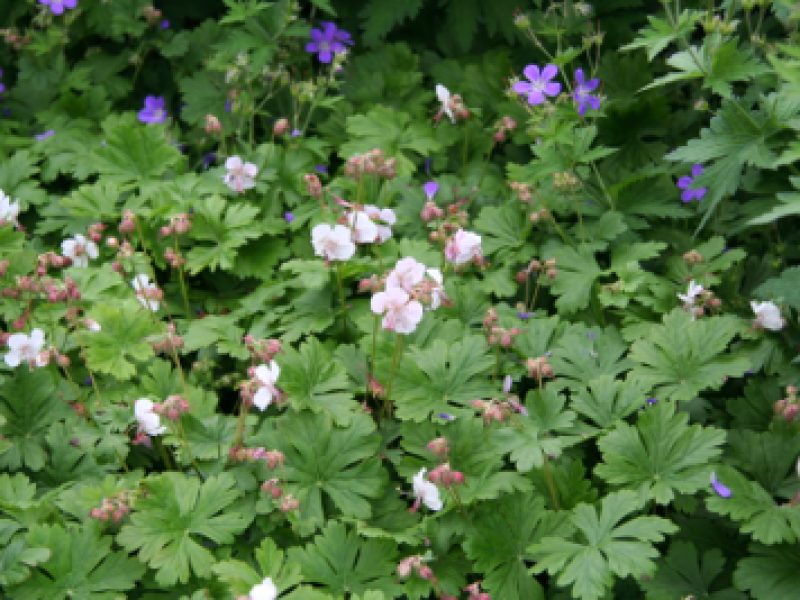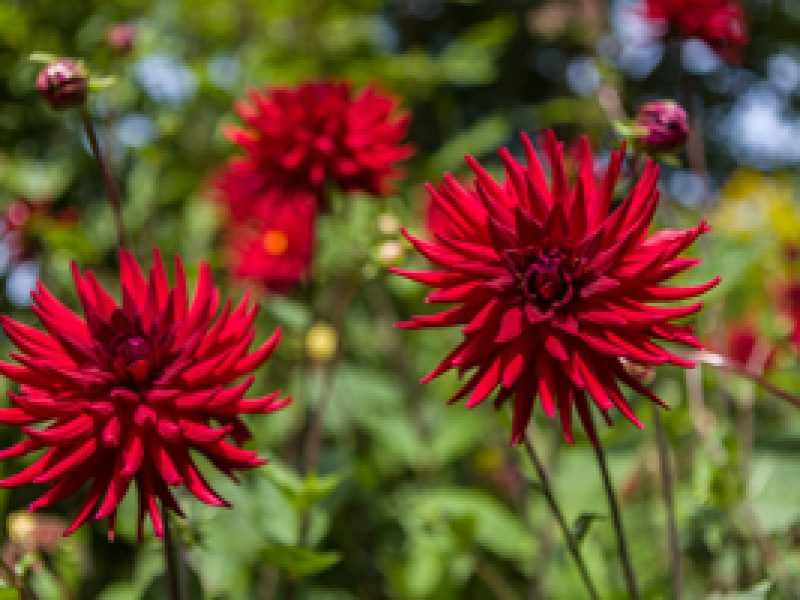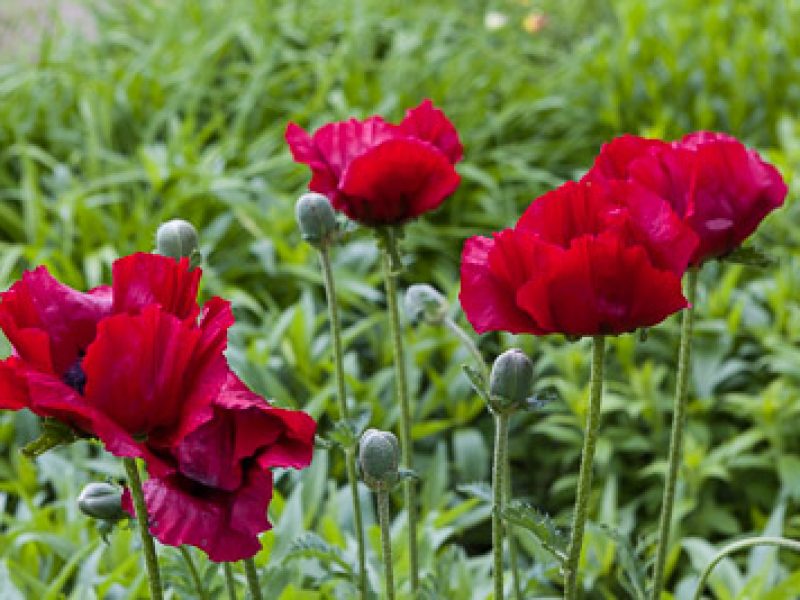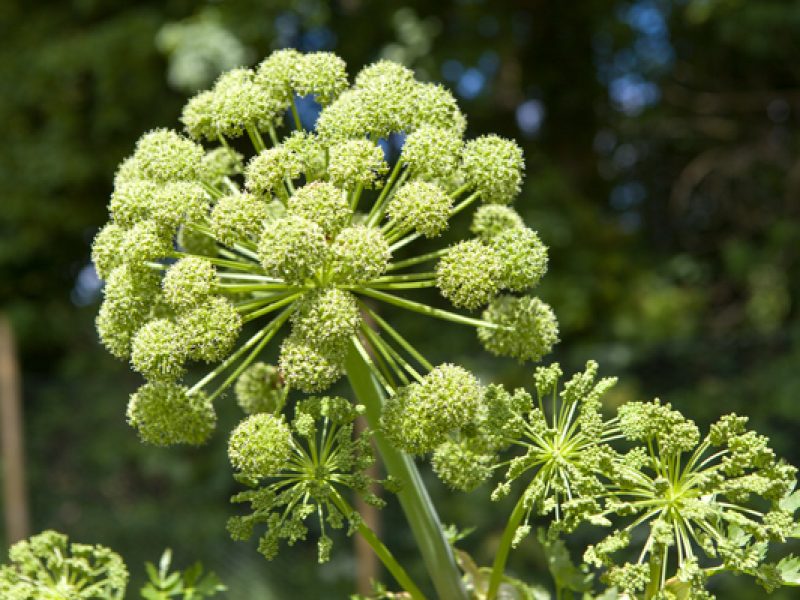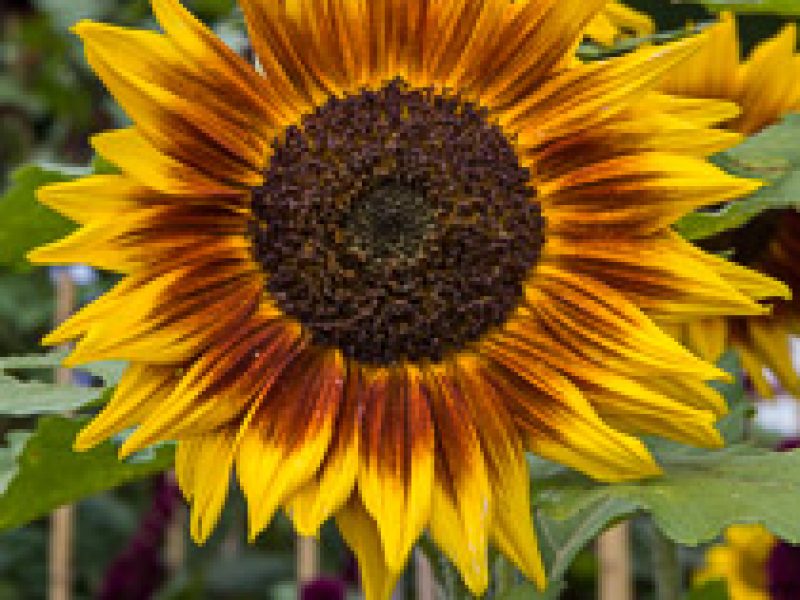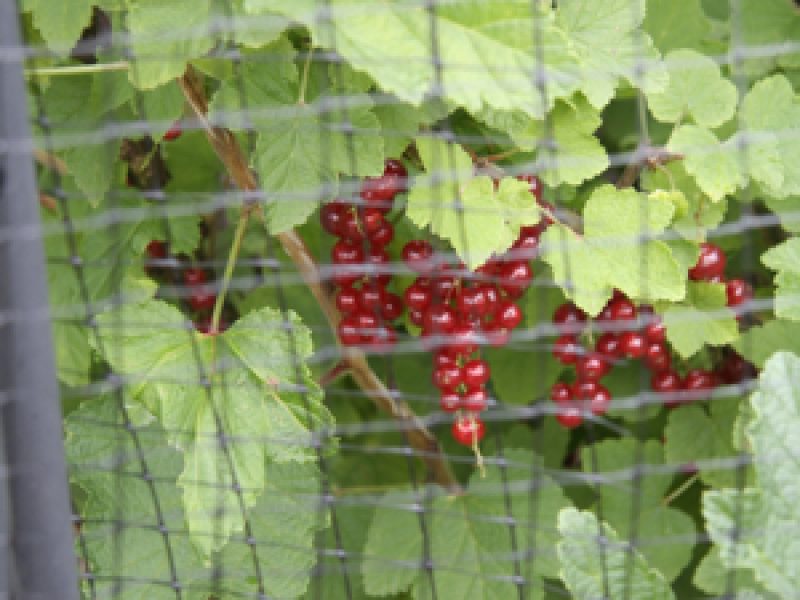Things are really taking off now so keep on top of your weeding and staking plants. Keep a particular eye out for those really pernicious weeds such as bindweed which grow at such a rate it doesn’t take them long to take a stranglehold on your plants if you’re not careful.
SHRUBS & CLIMBERS
Deadhead roses regularly cutting back to the first good set of leaves once the flowers are over, and remove any suckers (tearing them out at the root).

Tie in climbing roses on a regular basis. All roses do better when they have lots of moisture, so water thoroughly and often if the weather is dry.
Prune mature Philadelphus, Deutzia and Kolwitzia when they have finished flowering (by cutting out some of the oldest stems at the base, new growth is encouraged which keeps the plants strong).
Prune Clematis Montana after flowering if necessary.
HEDGES & TOPIARY
Continue to clip Privet & other fast growing hedging (such as Lonicera nitida)
PERENNIALS

Remove old flower stems from Hellebores and cut back old flowered stems from Euphorbia characias varieties, leaving new stems which will flower next year. Always be careful to wear gloves when pruning Euphorbia as the sap is a skin irritant.
After flowering, cut back early perennials such as Pulmonaria, early Geraniums, Alchemilla mollis, Oriental Poppies, and Brunnera (the timing for this will vary depending on how far ahead or behind your garden is at the moment). Water well to encourage new foliage growth to last you through the summer, and you may be rewarded with another flush of flowers too.
Deadhead Lupins and Delphiniums to lateral side flowers to encourage a second flush of flowers and cut to the base as soon as they have finished flowering.
LAWN CARE
If your lawn is in need of a bit of oomph (technical term!) you could give it a liquid feed this month – but only as long as it’s not dry.
POND CARE
Keep on top of weed growth and remove as necessary.
CONTAINER PLANTS, ANNUALS & BIENNIALS
Cut Sweet peas regularly to encourage more flowers and water well in dry spells.

Save seeds from Foxgloves, Anthriscus (cow parsley), and Aquilegia – and if you don’t want them seeding all over your garden, cut them down before they get chance to do so!
Plant out hardened off annuals you’ve sown in pots – calendula (Marigold) sunflowers, nasturtium. And now is the time to sow seeds of biennials such as Digitalis (foxgloves), Dianthus barbatus (sweet williams) and Lunaria annua (Honesty). If you have a spare patch of ground, simply sow the seeds in rows and then you can transplant them in early autumn to wherever you want them to flower next year.
WATERING
Prioritise containers, hanging baskets and seedbeds and anything newly planted. If you didn’t mix a slow-release fertiliser into the compost when you made them up then make sure you feed regularly. Giving plants a good soaking in the evening is most effective. While you have the hose out damp down the greenhouse floor to keep the atmosphere moist and to discourage red spider mites.
PESTS & DISEASES
Keep checking for caterpillars and powdery mildew at this time of year.
If you’re growing fruit & veg or have a cutting garden, check out our blog on Jobs for the productive garden in June.
Photos by Firgrove Photographic & Janet Bligh

